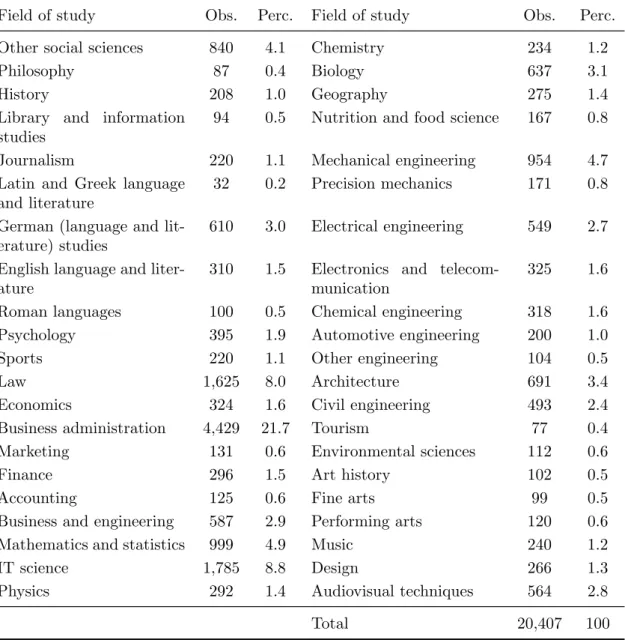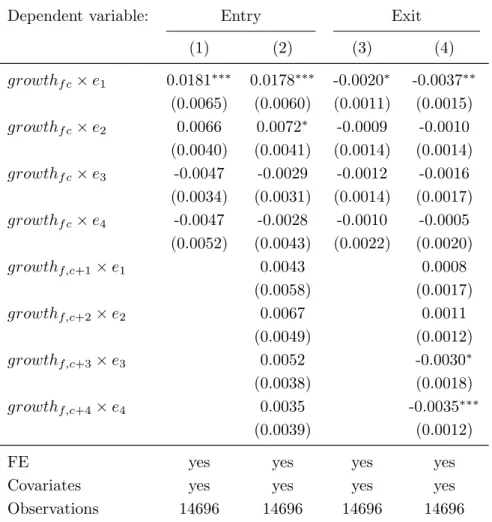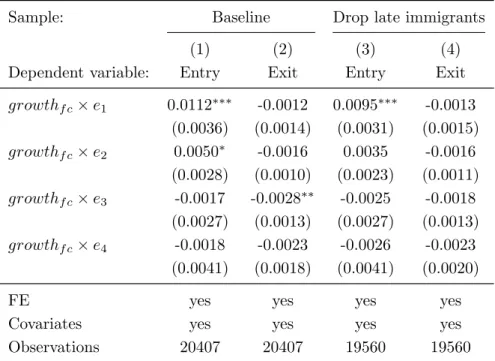Essays on the Economics of Entrepreneurship
Volltext
Abbildung

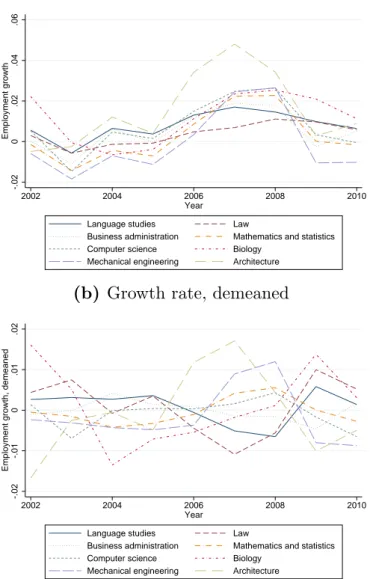
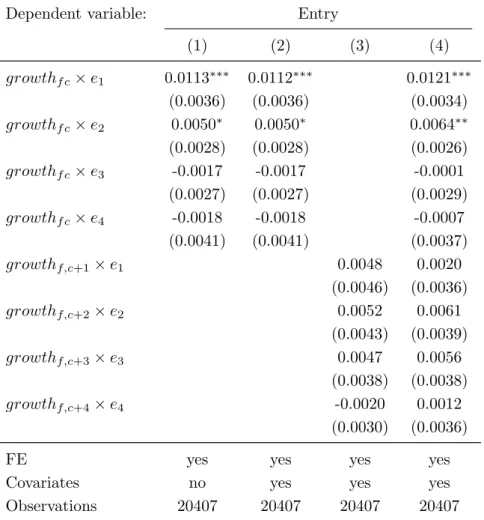
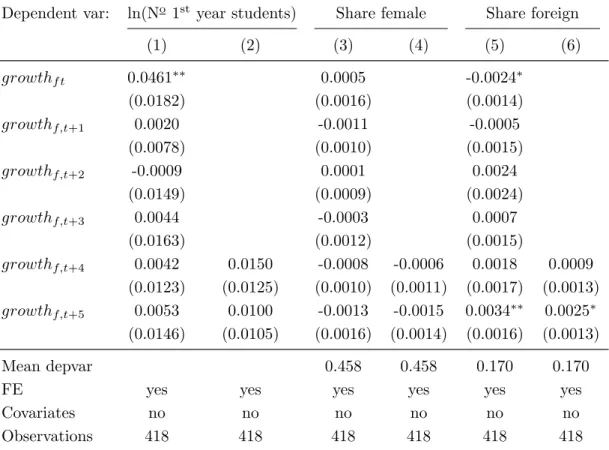
ÄHNLICHE DOKUMENTE
In a market with two firms, firm 1 (patentee) and firm 2 (competi- tor, potential infringer or licensee) this work attempts to explore the effects of time factors in specific
Since the German dividend tax reform impacts only corporate shareholders owning minority stakes, I can examine whether a firm’s payout policy is affected by a change in
Next, I compare the Handelsblatt Ranking of Austrian, German and Swiss business- administration departments with the ranking that one obtains if instead of the Han-
We use trade data from an online game economy to test the dopaminergic reward prediction error (DRPE) hypothesis: upon buying a game item at a price which is obviously too low, a
Specifically, this dissertation exam- ines in detail the following four aspects: (i) it provides a historical overview and an alternative explanation to the existing debate on the
• DataCite Estonia Launch project 2014 – Estonian Research Council. • DataCite Estonia Consortium (services for members
Second, the author draws on insights from new approaches in political science for the analysis of gradual institutional change, introducing the empirical phenomenon of “wearing a
The poorer individual seeks income for two reasons: to obtain income “for its own sake,” and to obtain income in order to hold at bay relative deprivation.. When income is taken away
